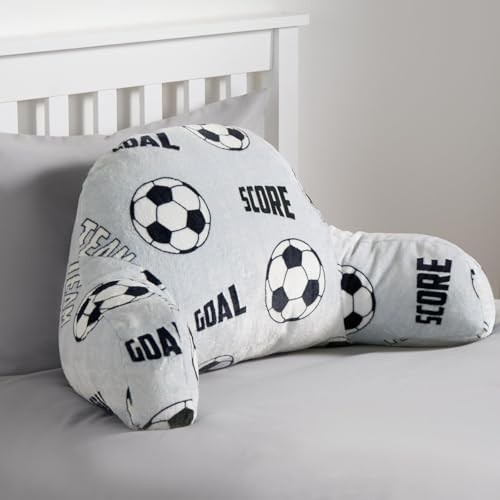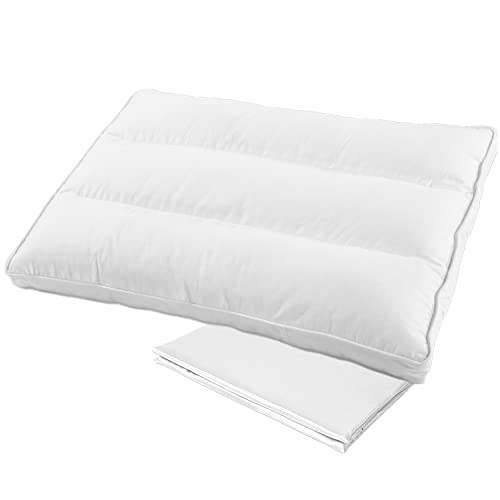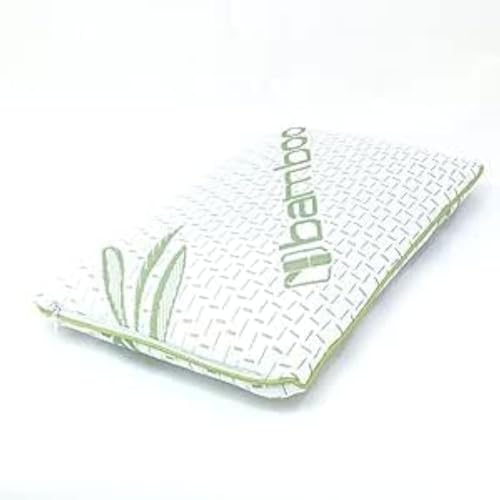Understanding the Right Size for Your Child’s Pillow
Finding the Perfect Fit for Comfort and Support
When selecting a pillow for your child, it’s crucial to ensure that it matches their size and sleeping position. For infants and toddlers, a flat, thin pillow is ideal to prevent neck strain, as their heads are still quite large in proportion to their bodies. If your child is between 3 to 5 years old, a small and medium pillow would usually do the trick, offering just the right amount of elevation to support their growing neck without overly raising their head. As children transition into older ages, a standard size pillow provides ample support, especially for those who sleep on their sides or who require a bit more cushioning. Always keep in mind how your child’s sleeping posture may influence the ideal pillow size, as comfort leads directly to better sleep.
Aligning with Growth Stages for Optimal Support
It’s natural for children’s needs to evolve as they grow, and the right pillow size plays a significant role in their sleep quality. For example, when your child reaches around 6 to 12 years old, their body is likely changing rapidly, necessitating a pillow that offers both support and flexibility. We suggest that parents assess their child’s height and shoulder width to help determine if a standard pillow will provide adequate support. Remember, a pillow that is too large or too thick can hinder their sleeping comfort and even affect their spinal alignment.
Types of Kids’ Pillows: What Works Best for Different Ages
Choosing the Right Pillow for Infants and Toddlers
For the youngest children, such as infants and toddlers, a flat pillow or no pillow at all is often recommended. This helps to reduce the risk of suffocation and provides a safe sleeping environment. As your child becomes a toddler, introducing a very soft, thin pillow can help them transition to sleeping comfortably in their bed. However, keep the pillow minimalistic to ensure they are still safe.
Pillows for Younger Children (3 to 6 Years Old)
Once your child hits the preschool stage, around ages 3 to 6, the best pillows can be slightly thicker and offer some support while still being soft. We recommend looking for hypoallergenic options that are not too bulky yet still provide cushioning for little heads. Consider pillows that curve slightly to cradle their neck, ensuring natural alignment during sleep.
Ideal Options for Older Kids (7 Years and Up)
For children aged 7 and older, the choices expand significantly. This is when we can explore various types, including memory foam and latex pillows, which effectively contour to their shapes for enhanced comfort. At this age, it’s important to focus on more traditional-sized pillows that will support their bodies adequately as they grow. Choose options that also allow for adjustability, ensuring they can find what feels most comfortable.
Materials Matter: A Guide to Pillow Fabrics for Kids
Understanding Pillow Fillings for Kids
The filling of a pillow greatly influences how well your child sleeps. Common fillers include synthetic polyester, which is soft and budget-friendly but may trap heat. Alternatively, memory foam pillows provide excellent support and mould to your child’s specific shape, but again, heat retention should be evaluated. Natural fillings such as down or feather can be very comfortable, while organic cotton or wool can help regulate temperature, making them great options for kids who tend to sleep hot.
Evaluating Cover Materials for Comfort and Safety
Equally important is the pillow cover material. Soft cotton covers are breathable and suitable for children, ensuring that they stay cool and comfortable throughout the night. For extra skin sensitivity, look for bamboo or organic cotton fabrics that are naturally hypoallergenic and soft against their skin. Avoid synthetic covers that may irritate sensitive skin or disrupt sleep due to overheating.
How to Encourage Your Child to Sleep Better with the Right Pillow
Creating a Sleep-Friendly Environment
Using the right pillow shouldn’t be the only strategy to encourage better sleep habits in your child. Pairing a comfortable pillow with a calming bedtime routine can greatly enhance sleep quality. Make bedtime a soothing experience, perhaps incorporating stories or soft music. This sets the stage for restful sleep, making the right pillow just one component of a larger picture.
Involving Your Child in the Selection Process
One effective way to ensure your child feels positive about utilizing their new pillow is to involve them in the selection process. Shopping together allows them to see what options are available and helps them choose something they like. This engagement can make them feel more invested in their sleep experience, encouraging them to settle in peacefully each night.
Maintenance and Care: Keeping Your Kids’ Pillows Fresh and Clean
Establishing a Regular Washing Routine
To keep your child’s pillow in good condition, establish a regular washing routine. Most pillow types can be washed, but it’s essential to check the specific care instructions on the tag. Generally, a good practice is to wash pillows at least twice a year, ensuring they remain fresh and free of allergens. Use a gentle cycle with a mild detergent to preserve the materials in the pillows.
Additional Tips for Pillows: Keeping it Fresh
In addition to regular washing, consider using pillow covers that can protect the pillow from stains and dust mites. Encourage good habits, such as keeping pillows away from spills and ensuring that children do not eat in bed. Taking these measures can extend the life of their pillows while keeping their sleeping area hygienic and comfy.


























